Our Saints
Saint Joseph
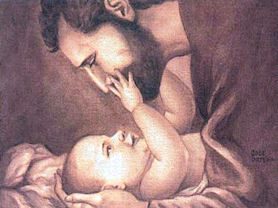
Saint Joseph
Saint Joseph is the patron saint of our school, and our role model in all that we do.
Saint Joseph was Jesus’ ‘foster’ father on earth, chosen by God to help Mary to raise Jesus. The Bible tells us that Joseph was a ‘just man’, meaning that he was good and fair. He was a carpenter and worked hard at his job.
Saint Joseph is the patron saint of many things. We can ask Saint Joseph to help us when we are feeling worried or confused about things. People usually pray to Saint Joseph for help for the poor, for the support and protection of fathers and families, and even for help with work.
Joseph is the patron saint of all working people. He is seen as a role model for fathers and so Saint Joseph is known as a protector of families. In 1870, Saint Joseph was also declared the Patron Saint of the Universal Church.
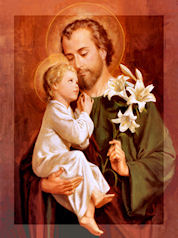
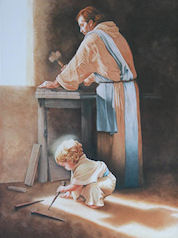
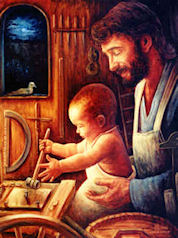
House Saints
Children in all classes are split into four house groups, named after the following Saints:
- Saint Maximilian Kolbe
- Saint John Henry Newman
- Saint John Paul II
- Saint Josephine Bakhita
House points are awarded for all kinds of good work, helpfulness, special effort and achievement. The house with the most points each week are rewarded.
Various competitions are held during the year, such as Sports’ Days and other challenges, when children work in house teams to earn even more points.
Saint Maximilian Kolbe
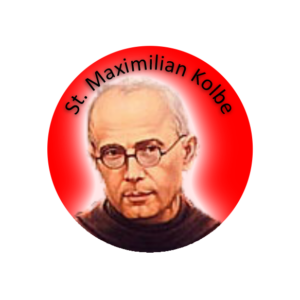
Saint Maximilian Kolbe was a Polish Franciscan priest. During World War II, Maxmilian provided shelter to refugees, including 2,000 Jews whom he hid from the Nazis in his friary. In 1941, he was arrested and imprisoned in Auschwitz as prisoner number 16670.
One day at the camp, ten men were picked to be starved to death in order to punish an escape attempt. When one of the selected men, cried out, “My wife! My children!” Maximilian volunteered to take his place.
In his prison cell, Kolbe celebrated Mass each day and sang hymns with the prisoners. He led the other condemned men in song and prayer and encouraged them by telling them they would soon be with Mary in Heaven. Each time the guards checked on him, he was standing or kneeling in there calmly.
After two weeks of dehydration and starvation, only Kolbe remained alive. The guards wanted the bunker emptied and they gave Kolbe a lethal injection which he received calmly. In doing so he lived out the teaching of Jesus that no one has greater love than the man who gives up his life for his friend.
Saint John Henry Newman
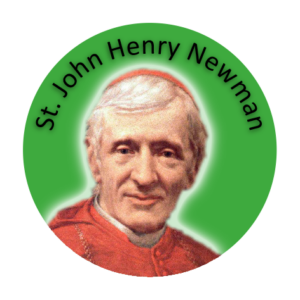
John Henry Newman lived in Victorian England, and was brought up in the Church of England. He came to realise that God’s people shouldn’t be in different groups, but should be one Church united by the Sacraments and the Pope’s leadership. He joined the Catholic Church when he was received by Blessed Dominic Barberi on 9th October 1845.
John Henry Newman achieved many things in his long life. He set up the first community of Oratory in Britain, a group of priests following the rule of Saint Philip Neri, he wrote hymns, such as Praise to the Holiest and he ministered to the needs of the poor of Birmingham, helping them to know God’s love. He was so highly regarded that Pope Leo XIII made him a cardinal, a prince of the Church.
John Henry Newman’s good works continued after his death. A few years ago, an American deacon called Jack Sullivan was cured of an incurable spinal problem, after praying to John Henry Newman. This miracle made it possible for Pope Benedict XVI to come to Birmingham and celebrate a Mass where he beatified John Henry Newman on 19th September 2010. This means the Church recognised that this humble priest, who lived and worked in Birmingham, is in heaven and can intercede for us. We now call him Blessed John Henry Newman.
Saint John Paul II
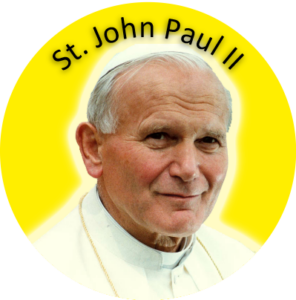
Saint John Paul II was pope from 1978 to 2005, immediately before Pope Benedict. He was born Karol Wotjtyla in 1920 in Poland. In his youth he lived a very ordinary life; he enjoyed playing football, hiking and acting in plays.
He studied to be a priest during the awful times of the Second World War, when Poland was controlled by the Germans. In 1958 he became the youngest Polish bishop and took part in the Second Vatican Council. On 16 October 1978, after the death of Pope John Paul I, he was elected pope and took the name John Paul II. He was the first pope not to come from Italy for 455 years.
Pope John Paul is remembered for his many journeys around the world – he visited 129 different countries bringing Jesus’ Good News, each time kissing the ground when he arrived. He was pope for over 26 years, the second longest reign since the time of St. Peter. He died in 2005 after bravely suffering from Parkinson’s disease for many years.
Following a miraculous healing through his intercession, Pope John Paul II was beatified in 2011, becoming Blessed John Paul II. On 27th April 2014, he was canonised by Pope Francis, and we now call him Saint John Paul. He is a great role model for us of living a life devoted to God.
Saint Josephine Bakhita
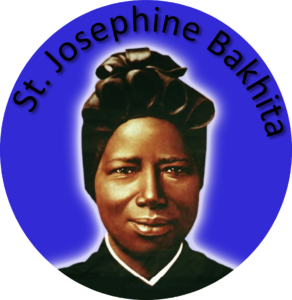
Saint Josephine Margaret Bakhita was born around 1869 in Sudan. When she was 8 Josephine was kidnapped and sold into slavery. She was sold many times over the next 12 years and ended up in Italy, where eventually with the help of a religious order of Nuns called the Canossian Sisters, she was freed from slavery by a court.
She became a sister herself, working in Italy and sharing her story with other sisters who were preparing to work in missions in Africa. When speaking of her enslavement, she would often thank her kidnappers. For had she not been kidnapped, she might never have come to know Jesus Christ and entered His Church.
Josephine died in 1947, and was made a Saint on October 1st 2000. Saint Josephine Bakhita is the patron saint of Sudan and her feast day is celebrated on 8th February.
MAC Patron Saint
Saint Teresa of Calcutta

Saint Teresa was born Anjezë Gonxhe Bojaxhiu in Albania on 26th August 1910, but always considered the day she was baptised to be her ‘true birthday’. She listened to God and followed her vocation, becoming a missionary nun at the age of 18, when she took the name ‘Teresa’ in honour of St. Thérèse of Lisieux.
She became Mother Teresa when she started her own order of nuns. She began the Missionaries of Charity in India in 1950, caring for the people there.
St. Teresa is well remembered around the world today. The sisters in her order make a special religious vow: to give “Wholehearted and Free service to the poorest of the poor”.
She worked with the poorest and most unloved people in the Indian city of Calcutta including many orphaned children. She carried on working until her death in 1997, aged 87.
Class Saints
At St Joseph’s, every class has adopted their own ‘Patron Saint’. Please click on the links to learn more about each of our Class Saints:


